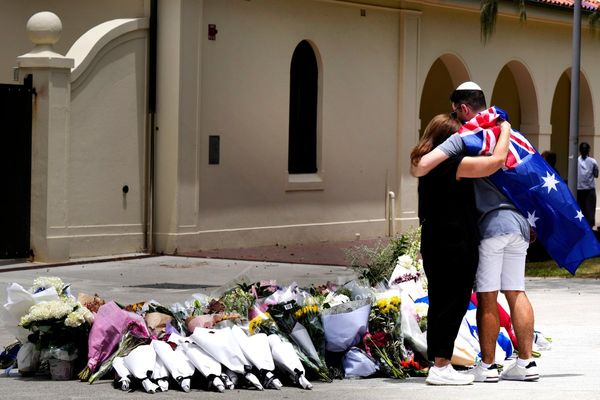
Jean-Éric Vergne and Stoffel Vandoorne will find themselves in a situation that smiled on them three times last season, racing on a circuit on which no one has ever driven.
In addition to being an individual sport, which requires the two team-mates to work together to improve the energy efficiency of their cars, Formula E is certainly the motorsport discipline where driver experience is most important.
Using these electric single-seaters requires mastery of numerous modes, constant communication with an engineer to manage energy and even - unnaturally for a driver - releasing the accelerator pedal in the middle of a straight line to recharge the batteries (at the risk, otherwise, of not seeing the finish line). And as circuits are usually urban and ephemeral, teams sometimes arrive at the edge of a track without ever having driven on it.
That's exactly what's going to happen this Saturday in the Odaiba district of Tokyo Bay. This will be the first time in its history that the city has closed its streets to traffic for an event of this magnitude. The science of electric racing and simulator preparation will be decisive factors.
DS Penske in a good position, on paper
With the only two-time champion of the discipline - Vergne winning out in 2018 and 2019 - and the 2022 world champion in Vandoorne in its ranks, the Franco-American team clearly has a pair of drivers capable of succeeding in this kind of exercise.
What's more, we saw last season that the new circuits worked well for them. Vergne's victory in Hyderabad (India), his podium finish in Cape Town (South Africa) and Vandoorne's pole position in São Paulo (Brazil) made DS Penske the team that scored the most points on the new tracks, ahead of Jaguar and Porsche, despite their dominance. But since the start of the season, the single-seaters prepared by DS Automobiles have been closing the gap on their most successful rivals.
"In Sao Paulo, and more generally since the start of the season, we've responded well in qualifying," says Vandoorne. "This is encouraging for the future and should give us confidence for Tokyo, even if we know that in Formula E nothing can ever be taken for granted."

For Eugenio Franzetti, Director of DS Performance, which develops the cars for the DS Penske team, the work carried out over the last few weeks is beginning to bear fruit.
"We worked a lot on the energy strategy between the Diryah and Sao Paulo races, and we've been looking at new areas of development to prepare for Tokyo," he said.
"No one has ever driven on this circuit, and we know that our experience enables us to prepare well in this scenario. It's up to us to seize this opportunity once again, with a solid qualifying session and race. We've shown that we're even more competitive and consistent this year, often putting both cars in the points, and we know that we undeniably have a card to play. Now it's up to us to do what's necessary.
The Tokyo circuit is 2.58 km long and has 18 corners, including three long straights and a number of tight bends. From an energy point of view, the track has been worked on in the simulator by DS Penske's technical teams and drivers at Stellantis Motorsport in Satory, near Paris. In Tokyo, the first tests are scheduled for Friday afternoon, followed by qualifying and the race on Saturday. This will be a major first in the history of motorsport in Japan, and possibly for the Franco-American DS Penske team.







